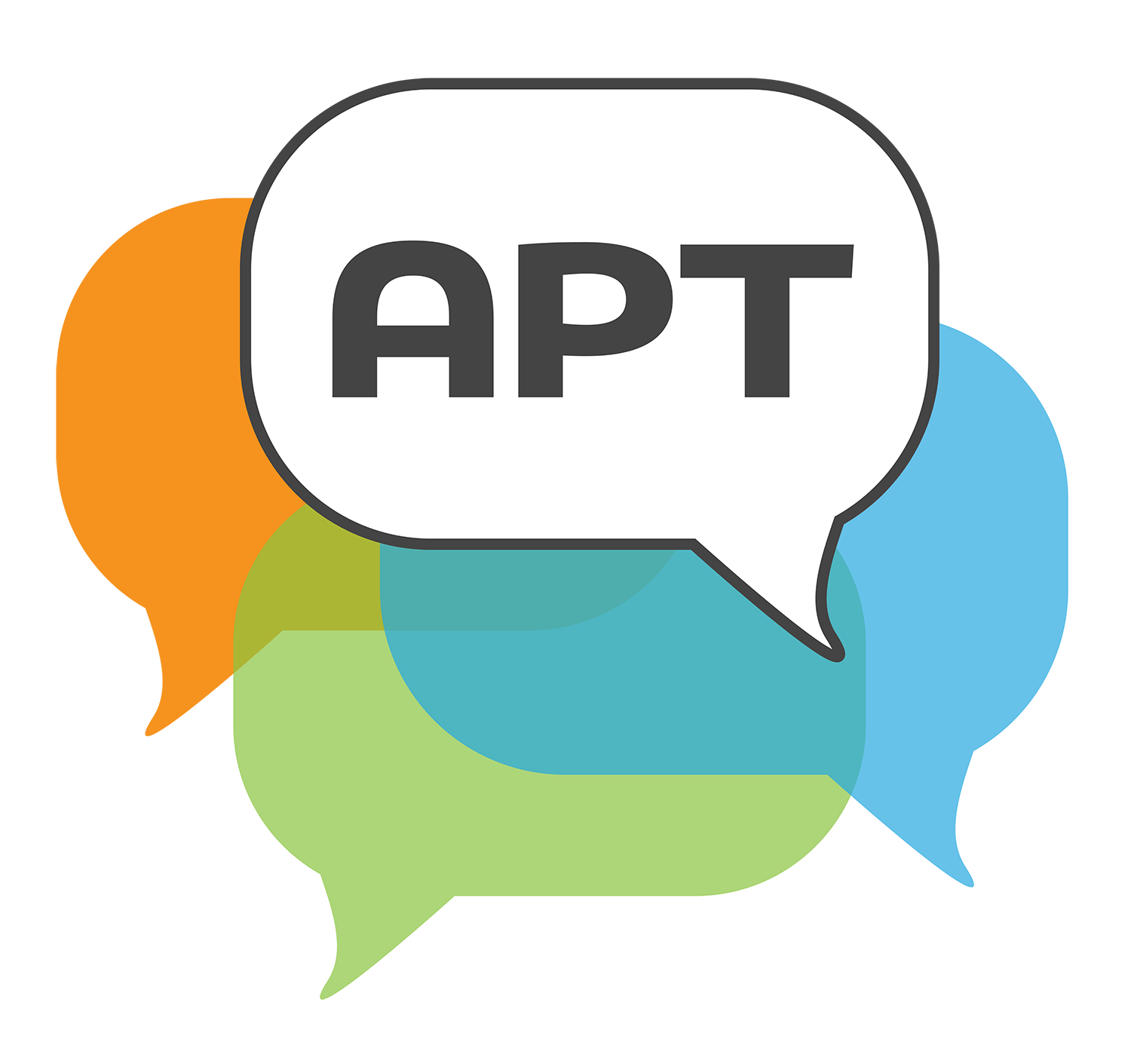Understanding Hurricanes
Language Arts • Grade 5
Selected segments with commentary below » Full video viewable here.
The teacher opens the discussion with a question that solicits what they learned about hurricanes from the read-aloud. She uses wait time in between calling on students to encourage more participation. After the second student (Helena) contributes, the teacher asks, “Mason, did you hear what Helena just said?” The teacher’s “did you hear” move prompts other students to say they did not hear what was said, and ask for the information to be repeated. This is an important habit for participants in classroom discussions to develop.
During this segment, the teacher asks, “Are there some new friends that haven't shared?” This move holds the potential to get more students involved in the conversation. The teacher later asks, “And what would you like to add to Gael's statement?” Asking a student to add to another student’s comment could lead to a meaningful connection to another student’s comment or to no connection with the previous comment. Some explicit instruction around what adding to another person’s comment really looks like is useful. A student also asks a question here: “Can hurricanes cause earthquakes?” The teacher did not answer the question and told the student that the class could do more research to find out.
Twice in this segment, the teacher prompts students, who did not hear the previous comment, to ask the speaker to repeat themselves. This norm-setting is important for students to fully participate in conversations. Ideally, students come to the point where they are self-motivated to ask other students to repeat themselves. We want students to want to hear others because they want to engage with their ideas. Toward the end of this segment, the teacher asks the speaker, “Can you turn to the group?” This move emphasizes to students that they should be talking to their classmates during a discussion, not just the teacher.
In this part of the conversation, Eric (a student), argues that “toys…can be missiles to hurricanes.” The teacher decides to go back to the reading to figure out what he’s talking about.
The last question the teacher asked in this discussion was: “Did anyone have anything else to share for class discussion?” When teachers use this question it often opens the door for students who:
- Have a lingering question or comment from earlier in the discussion
- Did not participate earlier in the discussion
- Felt their comment was misinterpreted by someone, and they want to make it right


